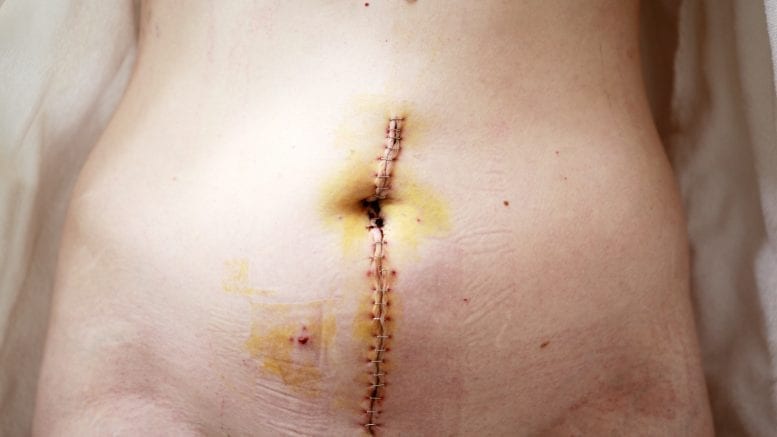Cancer of the cervix is a preventable and curable cancer.
The most common form of cervical cancer is squamous cell carcinoma (80 –85%). This form of cervical cancer is virtually unheard of in women who have never had sexual intercourse. Screening for this form of cervical cancer is possible because the cervical cells pass through a series of changes (pre-cancerous cell changes) before they become cancerous. The Pap test is ideally suited to prevent this form of cancer as it can reliably detect these pre-cancerous cell changes. The other type of cervical cancer is adenocarcinoma (12 – 15%). The precursor lesion for this form of cervical cancer is not reliably detected by Pap test screening. This is because these lesions tend to occur high up in the endocervical canal beyond the reach of the cervical spatula and also because these lesions less readily shed cells for detection by Pap tests.
In Australia, more than 200 women die from cervical cancer each year. Over half of them never had a Pap test. The lifetime probability of an Australian woman who lives to the age of 75 years of developing cervical cancer is 1 in 101. However, 1 in 10 women will show abnormal pre-cancerous changes in their cervical cells.
Cancer of the cervix is sporadic under the age of 25 years, occurring most commonly in the 55 – 60 year age group. Still, pre-cancerous changes can occur at any age in sexually active women.
Pre-cancerous cell changes known as either cervical intraepithelial neoplasia or dysplasia, may either spontaneously regress to nothing, or progress from mild changes (CIN I) to moderate changes (CIN II) to severe changes (CIN III) and finally to invasive cancer. This classification has now been revised so that CIN I has termed a grade abnormality, and CIN II and CIN III are called a high-grade abnormality.
The progression from severe changes to invasive cancer takes between 1 and 30 years, with an average of 10 years. Therefore a two-yearly Pap test is well within the average safety margin. Occasionally we hear of a more rapid progression. This may be related to the unavoidable incidence of false-negative Pap tests.
Pre-cancerous cell changes and even the early stages of cervical cancer will often cause no symptoms. The only way to know if there are abnormal cells is to have a Pap test. Sometimes abnormal bleeding, discharge, or pain may be a sign of cervical cancer and should be checked by a doctor immediately.
Risk factors for cancer of the cervix include: ever having sexual intercourse, smoking, wart virus infection (Human Papilloma Virus – HPV), young age at first intercourse, and having multiple sex partners. HPV can cause changes that may lead to cervical cancer, but it is unlikely to cause cancer by itself. Usually, other factors come into play to add to the risk of cervical cancer, such as smoking and lower levels of immunity. The most significant risk factor is not having a Pap test every two years.
Wart Virus Infection (HPV) is widespread in men and women. It will affect 4 out of 5 women at some stage in their lives. It is so common it could be considered a normal part of being sexually active. Most people will have HPV at some time in their life and never know it. HPV can appear as visible warts, but for the most part, causes no visible changes on the cervix. It can, however, show up on a Pap test result. The body usually clears the virus naturally in around 1 – 2 years.






Be the first to comment on "Cancer of the Cervix"